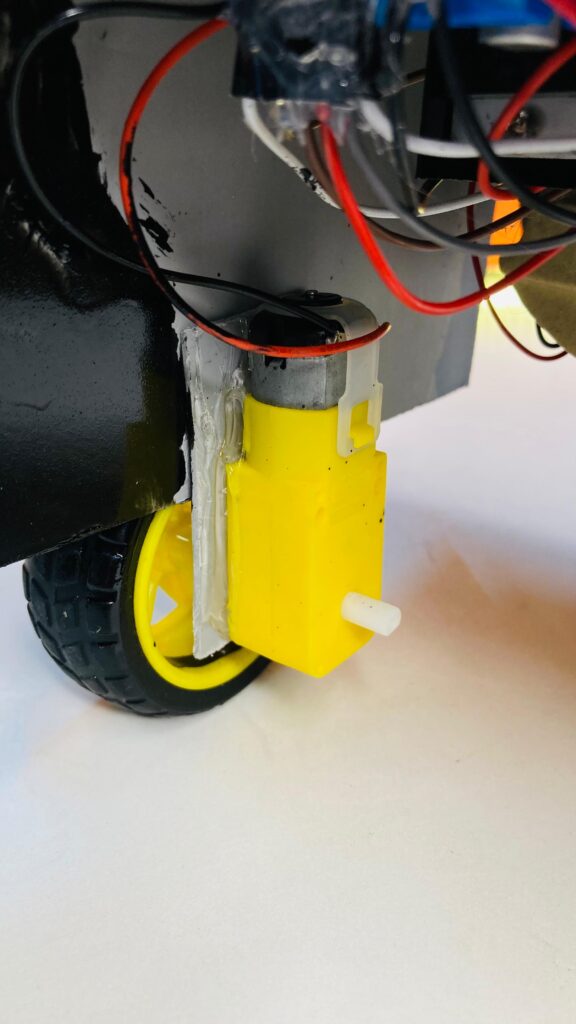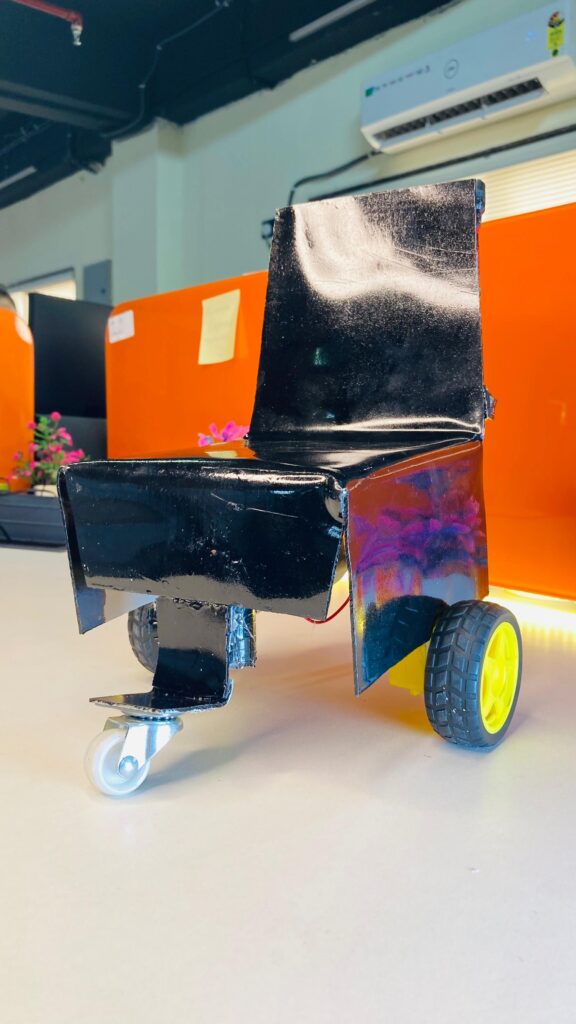Voice-Controlled Chairs: The Future of Comfort and Accessibility
The way we interact with technology is constantly evolving, and voice control has emerged as a game-changer. From smart speakers to smartphones, voice-activated devices have seamlessly integrated into our daily lives. Now, this innovative technology is poised to revolutionize the world of furniture, starting with the humble chair.
What are Voice-Controlled Chairs?
Voice-controlled chairs are equipped with advanced technology that allows users to adjust their position, settings, and features using simple voice commands. Imagine saying, “Recline to 135 degrees” or “Turn on the lumbar support,” and the chair effortlessly responds. This hands-free control offers a new level of convenience and customization, catering to individual comfort preferences.
Key Features and Technology
Voice Recognition: Built-in microphones capture spoken commands, and sophisticated software interprets them accurately.
Actuators and Motors: These components translate the voice commands into physical movements, adjusting the chair’s position and settings.
Smart Integration: Many voice-controlled chairs can connect to smart home systems, offering seamless control and automation.
Customizable Settings: Users can often save their preferred positions and settings, easily accessible with voice commands.




Benefits of Voice-Controlled Chairs
Enhanced Comfort and Convenience: Effortlessly adjust the chair to your desired position without fumbling with buttons or levers.
Improved Accessibility: Voice control offers a user-friendly solution for individuals with mobility limitations, making adjustments easier and more intuitive.
Personalized Experience: Save and recall custom settings for different activities like reading, working, or relaxing.
Hands-Free Control: Enjoy uninterrupted relaxation or focus without the need for manual adjustments.
Integration with Smart Homes: Connect with other smart devices for a cohesive and automated living experience.
Applications
Voice-controlled chairs have the potential to transform various settings:
Home: Living rooms, bedrooms, and home offices.
Office: Workstations, conference rooms, and collaborative spaces.
Healthcare: Hospitals, rehabilitation centers, and assisted living facilities.
Assistive Technology: Providing greater independence and comfort for people with disabilities.
The Future of Seating
As technology advances, voice-controlled chairs are expected to become even more sophisticated. We can anticipate features like:
AI-Powered Customization: Chairs that learn and adapt to individual preferences over time.
Biometric Integration: Sensors that detect user biometrics to automatically adjust settings.
Health and Wellness Features: Monitoring posture, providing feedback, and promoting overall well-being.
Voice-controlled chairs represent a significant step forward in furniture design, offering a glimpse into a future where technology and comfort seamlessly merge.
